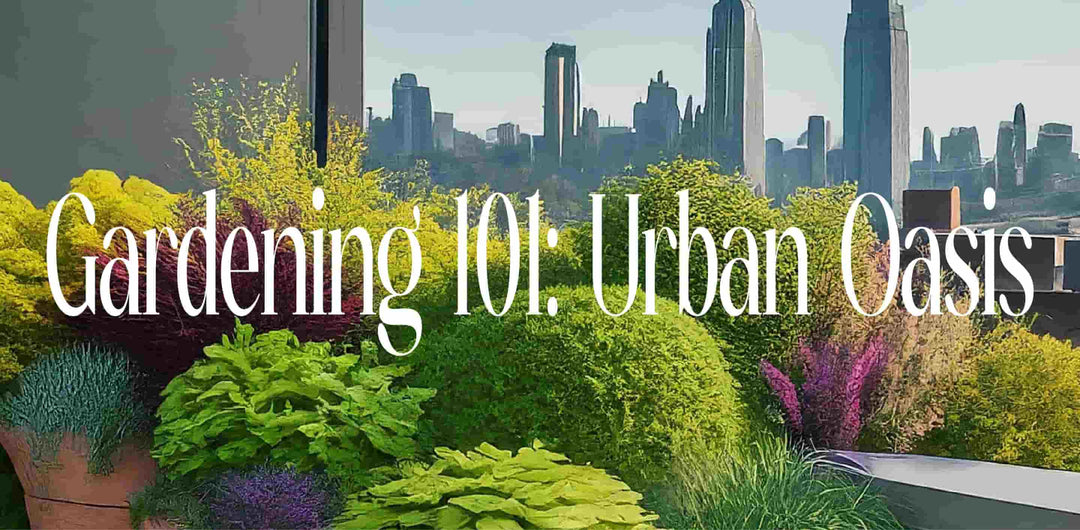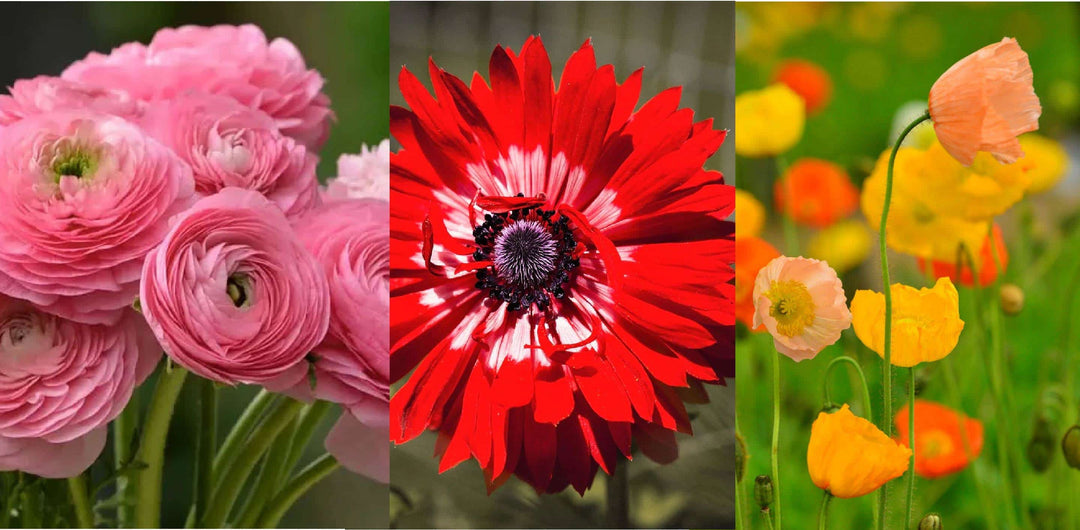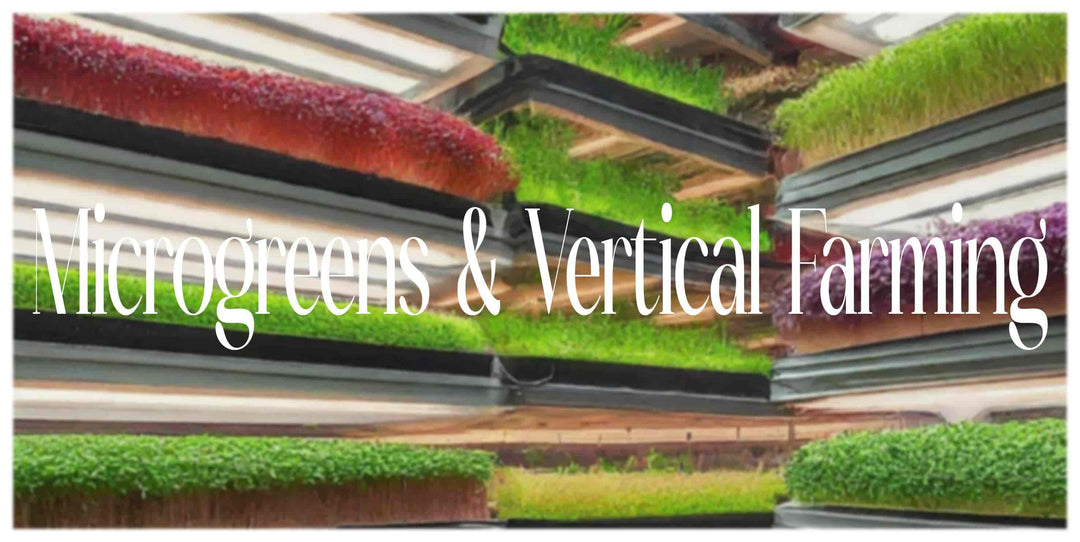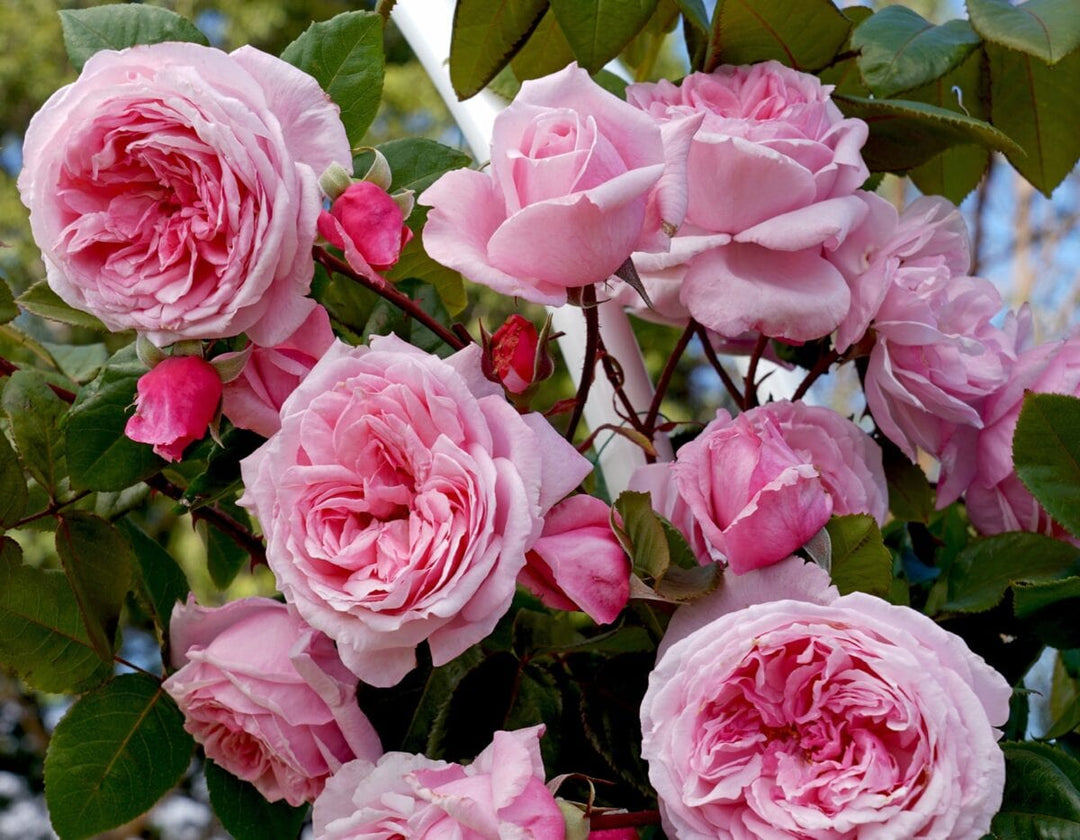The Top 5 Best Vegetables For Containers
Being in the gardening industry we can safely tell you that seeds are the most popular item this time of year. While we wait for warmer weather there is no time like the present to get ahead on growing. Whether you forgot to leave room for vegetables in the garden, or you don't have a yard, container gardening is increasingly popular every year. Since it's the best time to germinate, we thought we would share with you the five best vegetables to grow in your containers this year!
1. Tomatoes
Tomato? Tom-ato? Either way, this delicious fruit has snuck its way into the vegetable category for years and it's no wonder why! Tomatoes are not only juicy, but they’re also rich in vitamin C, potassium, and folate. Used in salads, eaten raw, cooked, or canned, the tomato is a household staple. These easy growers are at the top of the container-friendly list of vegetables for their high yielding ability and low maintenance care. Popular container varieties are Tomato Sunchocola, Tomato Stupice & Organic Tomato Sweetie. Here is everything you need to grow your own patio tomatoes.
|
SUN |
Full sun, 6-8 hours |
|
SOIL |
Fertile, well-drained, rich organic matter |
|
GERMINATION |
45-90 days after planting |
|
DAYS TO HARVEST |
1-2 weeks indoors |
|
SPACE |
3 ft |
|
ZONE |
5, 6, 7, 8 |
|
MAINTENANCE |
1-2 inches of water per week |
Harvest your tomatoes when they are fully ripe and red with colour. Be careful not to keep your ripe tomatoes on the vine for temperatures above 23 C as they can soften.
Tip: The bigger the container, the better the harvest! Be sure to use a vine cage to support healthy growth.
2. Peas
Pea seeds can be grown all season long and they're simple to grow! Enjoy sweet peas, snow peas, and snap peas with little effort and high yields in containers. Peas are great for storing, stirfry, salads, and even right off the vine. They are a healthy source of vitamin C, vitamin E, zinc and other antioxidants.
| SUN | Full sun, 6-8 hours but will tolerate partial shade parts of the day. |
| SOIL | Well-drained soil, with well-rotted manure or compost. |
| GERMINATION | 7-14 days |
| DAYS TO HARVEST | 60-70 days |
| SPACE | 1-3 inches |
| ZONE | 8 |
| MAINTENANCE | Maintain moist soil, do not over water when in bloom. |
Shelling peas are ready for harvesting when the pods have matured to a cylindrical shape. Flowering peas are ready to harvest 3 weeks after their flowers bloom.
Tip: To help your pea plant grow to it's fullest potential use a trellis to allow your pea plant to grow with support. This will also allow for easier harvesting.
3. Squash
Squash is a great source of vitamin A, B6, C, folate, magnesium, fibre, riboflavin, phosphorus and potassium. The two groups of squash are summer squash and winter squash. Summer squash has thin skin whereas winter squash has thicker and darker skin. Popular varieties of winter squash include Acorn Squash, Butternut Squash, Spaghetti Squash, Buttercup Squash, and Pumpkins. Popular summer squash varieties include Zucchini Squash, Scallop Squash, and Crookneck Squash.
| SUN | Full sun, 6-8 hours |
| SOIL | well-draining, nutrient rich |
| GERMINATION | 7-14 days |
| DAYS TO HARVEST | 50-55 days, minimum. |
| ZONE | 3-10 |
| MAINTENANCE | Avoid watering leaves, maintain consistent moisture. Water 1-1.5 inches per week. |
| CONTAINER SIZE | 24 inches or more. |
When harvesting squash, press your fingernail into the skin. If the skin was easily pierced, it is not yet ready for harvesting. The skin should be non-glossy, firm and rich in colour when it is ready for harvesting.
Tip: Squash plants are drought tolerant. If your plant becomes dry, it will happily receive a good amount of water but not on its leaves as this could cause bacterial wilt.
4. Lettuce
Lettuce seeds are fast-growing, space-efficient, and easy to grow vegetables in containers. With lettuce’s fast growth, planting small amounts frequently will allow you to have consistent harvests throughout the growing season. Packed with vitamin C, vitamin K, and folate. Lettuce is great for topping sandwiches, having in salads and as a bread substitute!
| SUN | Full sun |
| SOIL | Loose, well-draining soil with compost mixture. |
| GERMINATION | 7-10 |
| DAYS TO HARVEST | 30 days |
| ZONE | 2-11 |
| MAINTENANCE | Water everyday, twice a day on hot days. |
| CONTAINER SIZE | Minimum 15 inch diameter and 12 inches deep. |
When your lettuce leaves are 3-6 inches long, they're ready to harvest! For regrowth, cut back the entire plant at once down to 1-2 inches in the morning with sharp sheers, giving the plant time to recover before sun exposure.
Tip: To protect your lettuce from burning, make sure to water the plant directly at the root in the morning.
5. Peppers
Peppers are one of the most flavourful vegetables you can grow in a container! From sweet to red-hot-spicy there is a pepper for everyone. Peppers are low in calories, high in vitamin A and C, fibre and folic acid. From the colours of the rainbow to every dish you can imagine, peppers are a huge favourite.
| SUN | Full sun |
| SOIL | Rich and loamy soil, mixed composted |
| GERMINATION | 7-21 |
| DAYS TO HARVEST | 60-90 days, or 150 for hot peppers |
| ZONE | 18-24 inches |
| CONTAINER SIZE | 12"-14" for best results |
When harvesting bell peppers, they will be ready for picking when they are 3.5-4 inches and firm. Other varieties should be harvested once they achieve their expected colour.
Tip: Keep pepper seeds warm when germinating. Between 26-32 C for best results. This can easily be achieved by using a heat mat.
For more inspiration for growing in containers, check out the latest episode of Get Up and Grow, Tips For Planning What Your Garden Will Look Like, below.





























